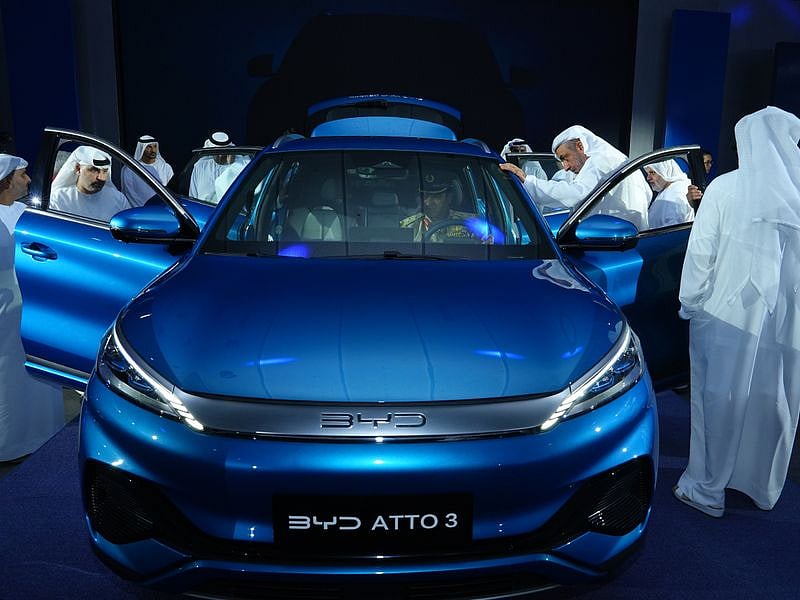China’s game-changing EV rule: Setting a 100km minimum electric range shakes up hybrid market
Sweeping new law will phase out short-range plug-in hybrids, reshaping EV trade

China is once again rewriting the rules of the global electric vehicle game.
Starting January 1, 2026, all plug-in hybrid electric vehicles (PHEVs) exported from China will be required to deliver at least 100 kilometers of battery-only range — a bold move that is set to shake up automakers worldwide.
The new regulation, part of China’s evolving New Energy Vehicle (NEV) strategy, signals a decisive shift from quantity to quality in automotive exports.
It reflects Beijing’s response to mounting trade barriers, such as the European Union’s tariffs on Chinese battery-electric vehicles (BEVs), while underscoring a push for higher technological standards across its auto industry.
Global shockwave in 2025 exports
China’s NEV exports — especially plug-in hybrids — have been surging. Exports jumped 190% year-on-year in 2024, and by May 2025, they were up another 127%, with shipments to the EU skyrocketing nearly 600% thanks to tariff advantages.
In 2024 alone, China exported 6.41 million vehicles, generating about $117.4 billion in revenue — but export volumes in 2025 are expected to ease slightly to around 5.8 to 6.2 million units as the country prioritizes higher-end models.
From cheap hybrids to extended-range leaders
The new 100km rule means that short-range plug-in hybrids — often capable of only 50km or less on battery power — are effectively obsolete.
For consumers, this means that many PHEVs sold today could lose value quickly. “Manufacturers won’t bother making outdated, short-range hybrids just for smaller markets,” one industry analyst noted.
Instead, automakers are doubling down on extended-range electric vehicles (EREVs) — hybrids that run primarily on electric power but include a small gasoline engine as backup.
Brands like Zeekr and Xpeng are already producing PHEVs and EREVs boasting 300 to 400+ km of electric range and charging speeds jumping from 50kW to as high as 500kW.
Domestic pressure meets export ambition
China’s domestic car market, the largest in the world with 32 million annual sales, is also enforcing change.
In major cities, only EVs, PHEVs, and EREVs qualify for new car registrations or number plates. That makes the new 100km rule a natural filter: only long-range hybrids will be considered future-proof.
New fuel economy standards will also make combustion engines inside plug-in hybrids more efficient. The result: owners will drive in full-electric mode for most trips, making these new hybrids behave almost like pure EVs — without the range anxiety.
A turning point for global automakers
Industry experts see the law as a “game-changer”. By enforcing a higher minimum standard, China is effectively raising the global bar for plug-in hybrids and redefining what qualifies as a “modern” hybrid.
Short-range models will likely be sold off as old stock, but producing them in the long term will no longer make economic sense. As one insider put it, “This policy marks the end of the low-range plug-in era.”
Within months of implementation, market analysts expect a massive shift toward long-range hybrids, creating new benchmarks for performance, efficiency, and export competitiveness.
Strategic pivot
China’s 100km rule isn’t just a technical regulation — it’s a strategic pivot. It will force global automakers to upgrade, innovate, or be left behind.
By 2026, the age of short-range plug-in hybrids will be over — and the world’s next wave of electrified vehicles will almost certainly have “Made in China” stamped on them.
Network Links
GN StoreDownload our app
© Al Nisr Publishing LLC 2025. All rights reserved.